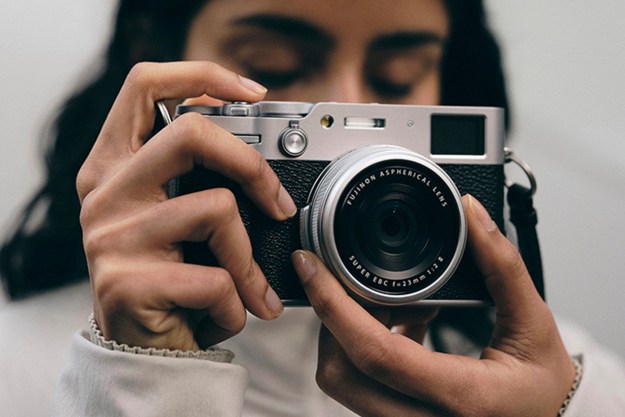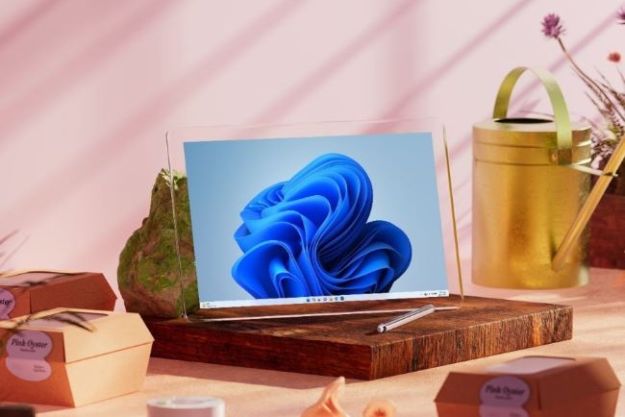
What if you could identify the photographer of an image or locate the place the photo was taken by zooming into the pupil of a subject’s eye? Sounds like science fiction (in fact, an episode of Doctor Who somewhat explored this idea), but research from the Department of Psychology at the University of York demonstrates that it’s possible, and could aid law enforcement authorities in forensic sciences, according to KurzweilAI. The study, titled “Identifiable Images of Bystanders Extracted from Corneal Reflections,” was published in the scientific journal, PLOS ONE.
Dr. Rob Jenkins of the University of York and co-researcher Christie Kerr of the School of Psychology at the University of Glasgow were able to accurately identify the photographer, despite the low resolution. One useful application for this technique is helping to ID photos from a camera left by a perpetrator of a crime, in which victims are photographed; if a subject is looking into the camera, information from the reflection of the subject’s pupil could be important.
“The pupil of the eye is like a black mirror,” Jenkins told KurzweilAI. “To enhance the image, you have to zoom in and adjust the contrast. A face image that is recovered from a reflection in the subject’s eye is about 30,000 times smaller than the subject’s face.

“In the context of criminal investigations, this could be used to piece together networks of associates, or to link individuals to particular locations,” Jenkins added. “This may be especially important when for categories of crime in which perpetrators photograph their victims. Reflections in the victims’ eyes could reveal the identity of the photographer.”
On the other side of the coin, Jenkins said that of the 40 million photos uploaded to Instagram, and faces are the most frequently uploaded. The eyes could be one way these public photos are used to mine information. Although the researchers used a high-resolution Hasselblad camera to perform the tests, Jenkins said that images don’t need to be high-res for the method to work. In the published paper, the researchers used a pixelated image of U.S. President Barack Obama as an example of how we can accurately identify a person despite the low quality.
(Via KurzweilAI)


